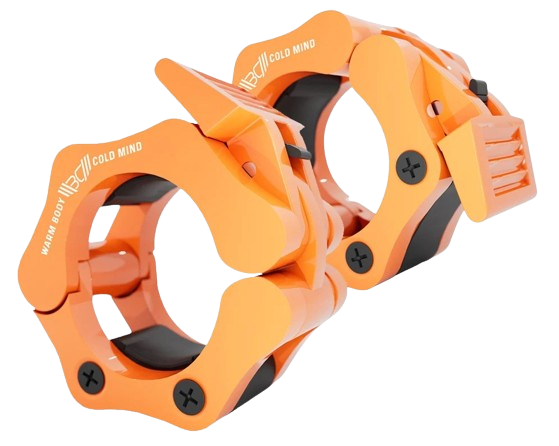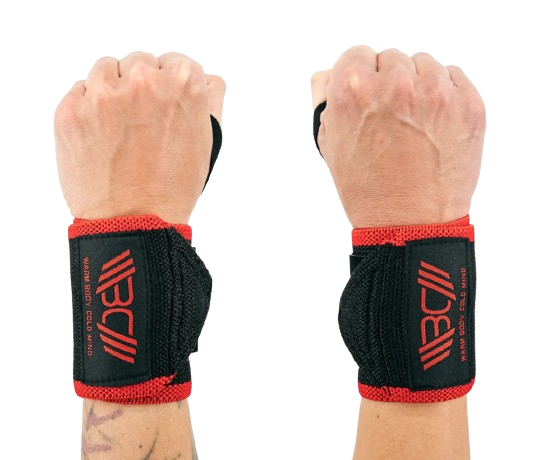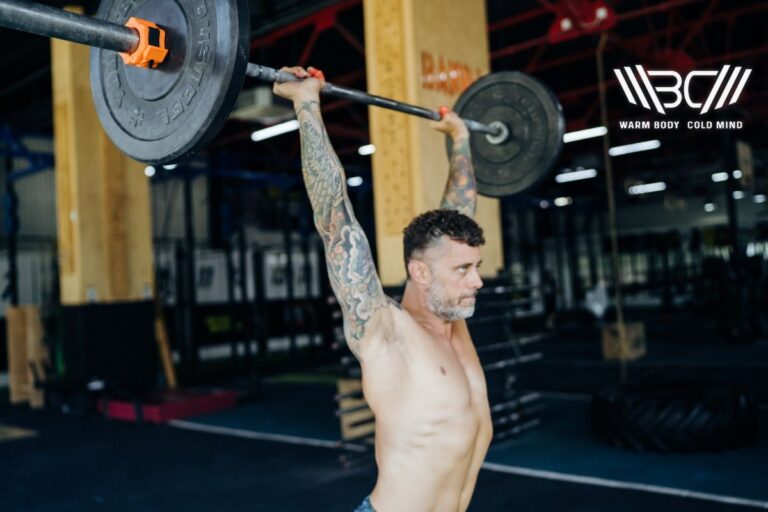Bench Press Set Up: Do’s, Don’ts, and Why It Matters
Bench press is a popular push exercise for building the upper body, and just like every other gym exercise, getting the correct bench press setup is key for minimizing injury, maximizing performance, and lifting safely. Knowing how to set up bench press means you’ll be able to effectively target desired muscles and see better figures over the coming weeks and months.
So, what is the ideal bench press setup?
The ideal bench press setup is gripping the bar at a suitable width, unracking it until it’s in line with your eyes, wrapping your thumb around the bar, planting the feet, and creating whole-body tension. Lower the bar in a controlled manner to the chest, avoiding a dramatic elbow angle.
Bench Press Setup: Why It Matters
Benching correctly means knowing how to set up bench press to perform the exercise safely and effectively, targeting the desired muscles you’re trying to strengthen and grow. When completed right, bench press can aid in chest growth, along with benefiting the strength and hypertrophy of elbow extensors and shoulder flexors, and this means there’s lots to think about when you’re readying yourself into position.
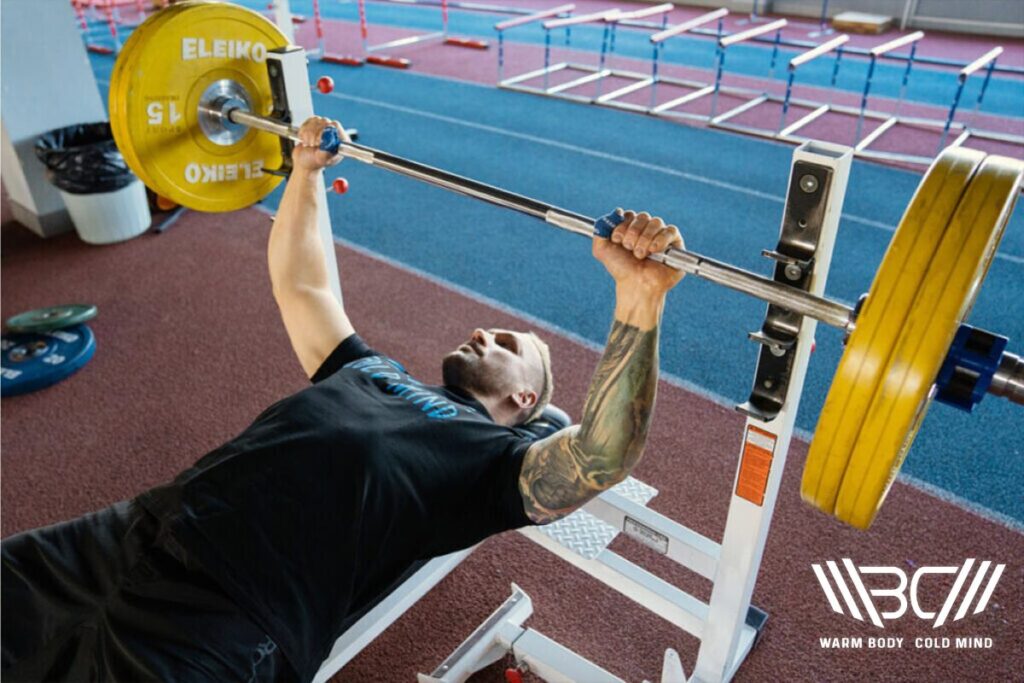
Getting injured in the gym is something we all try to avoid, but it can still sometimes happen. Achieving a correct incline bench press set up or general bench setup is key to avoiding common injuries associated with benching such as pectoralis major ruptures.
Breaking down the entire bench press movement will help you learn where to correctly position yourself, how to safely unrack, the bar path you should follow, and how to complete the exercise when you’ve lowered the bar to your chest.
The knowledge of how to set up bench press will allow you to perfect your setup every time so you can continue benching with confidence and equipment that’s set up right for your body. It’s also important to note that one of the key parts of bench form is having good grip strength.
Correctly gripping the bar with the thumb wrapping around the bar for added security means you can move your focus onto unracking the bar and proceeding with the descent. Liquid chalk is the perfect tool for keeping hands dry and fit to lift without the dusty mess often associated with dry chalk.
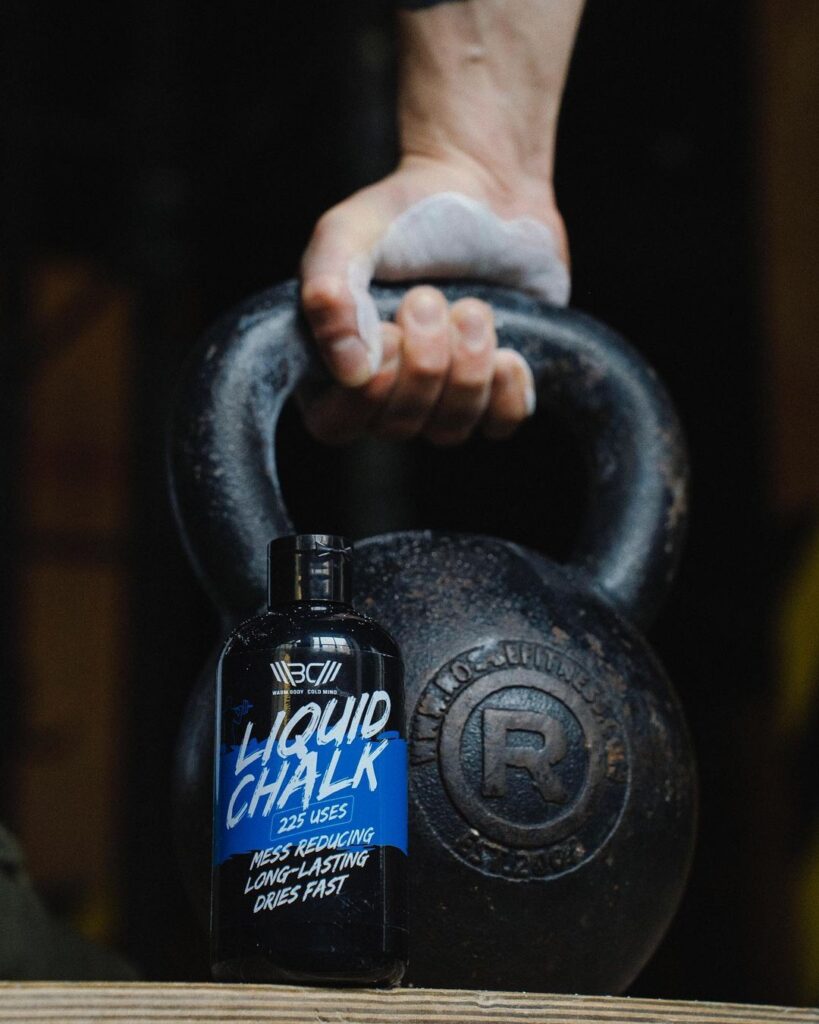
Our WBCM liquid chalk is mess-free, quick-drying, and is available in several sizes to cater to your needs. It’s a reliable addition to any gym session, and as you only need a small amount to coat the hands, our chalk will last for countless sessions in the future.
How To Set Up Bench Press Equipment Correctly
Before diving into a set of benching, it’s important to assess your bench setup and understand how everything within it works. A barbell or set of dumbbells can be used for benching, and you’ll also need a bench, and a rack if you’re doing the bench press with a barbell and plates. You may need to adjust the height of the rack to suit the length of your arms.
You need to be able to reach the bar when your arms are near full extension which will ensure a safe and efficient lift-off and return of the barbell to the rack. It’s also beneficial to feel safe and secure during the lift, so once you’ve loaded your bar up, lock the plates in place with collar clamps to stop the plates from moving around on the bar as you lift.
In theory, the bar should be kept horizontal throughout the whole bench setup and the plates shouldn’t move much, if at all. However, clamps such as our WBCM barbell collar clamps result in improved barbell security throughout all your sets of bench.
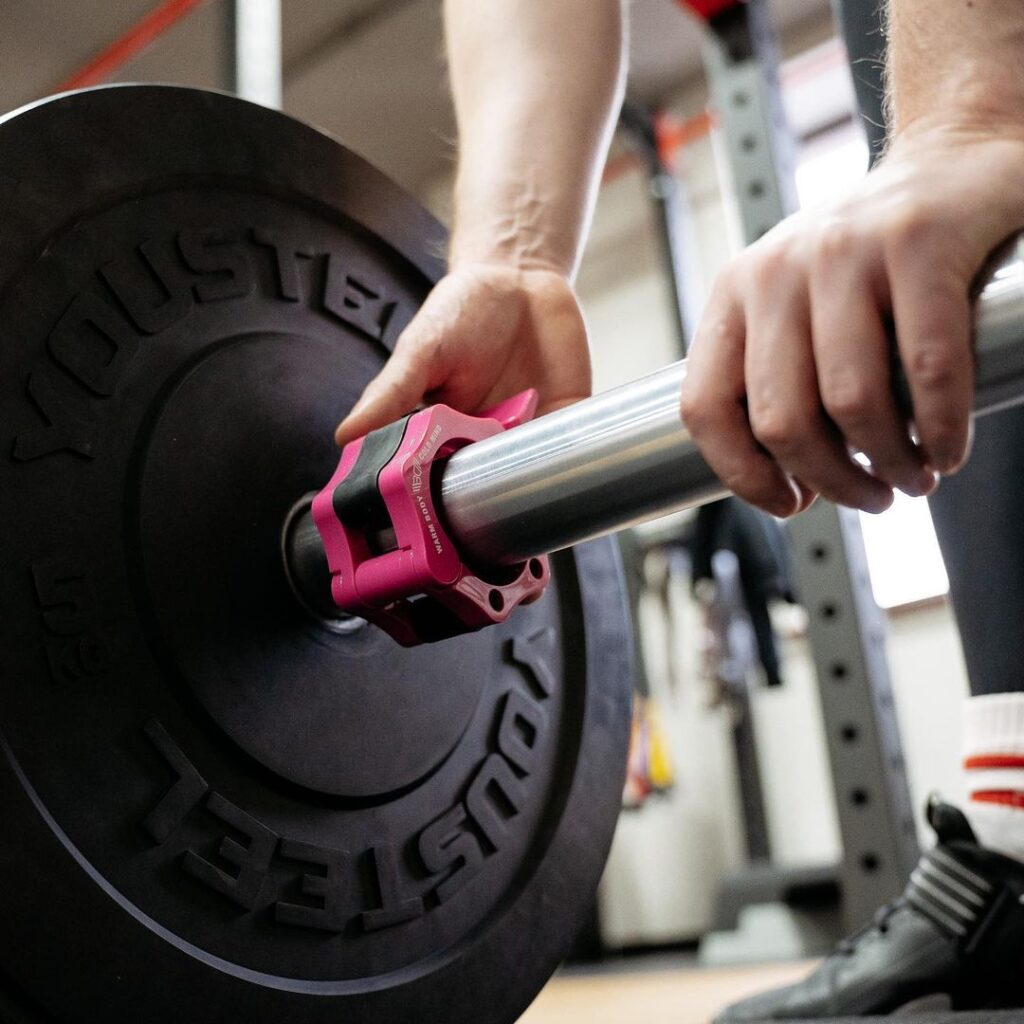
When doing the bench press with a barbell, it must be set at a height where you can lift the bar off the rack and set it back again while lying on the bench. When completing the lift, the bar takes a straight but diagonal path from unracking until it lowers to the mid-chest and returns to the rack. Having the bar in the correct position is key for a smooth and quick transition.
The positioning of the bench will depend on the type of bench press you’re performing. An incline bench press requires the bench to be set anywhere from 15°- 60°, while a decline bench angle can sit between 15°- 30°. It comes down to the exercise you want to do within the bench press and the results you’re hoping to see.
3 Tips For Proper Bench Press Technique
Achieving proper bench press technique isn’t easy! Although the movement primarily targets the chest and shoulders, so much of the body gets involved such as the core, back, legs, and feet. Everything from bench press bar height to your grip position matters and when performed incorrectly, bench press can cause injuries.
1. Grip
Everyone’s body is different, and this means your ideal bench position may be different from the guy who’s benching next to you – but that’s okay! To get your hands in the right position to lift, they need to be placed on the bar around nipple-width apart. For ultimate safety, wrap your thumb around the bar as doing so will provide increased security and safety as you unrack the weight.
Wearing wrist wraps such as our WBCM elastic velcro wrist wraps can help provide additional support when benching, so you can focus more on achieving the best form possible and having a secure grip of the bar. These wraps are particularly useful when performing a bench press as they help stabilize the wrist, keeping it engaged in the correct position underneath the bar.
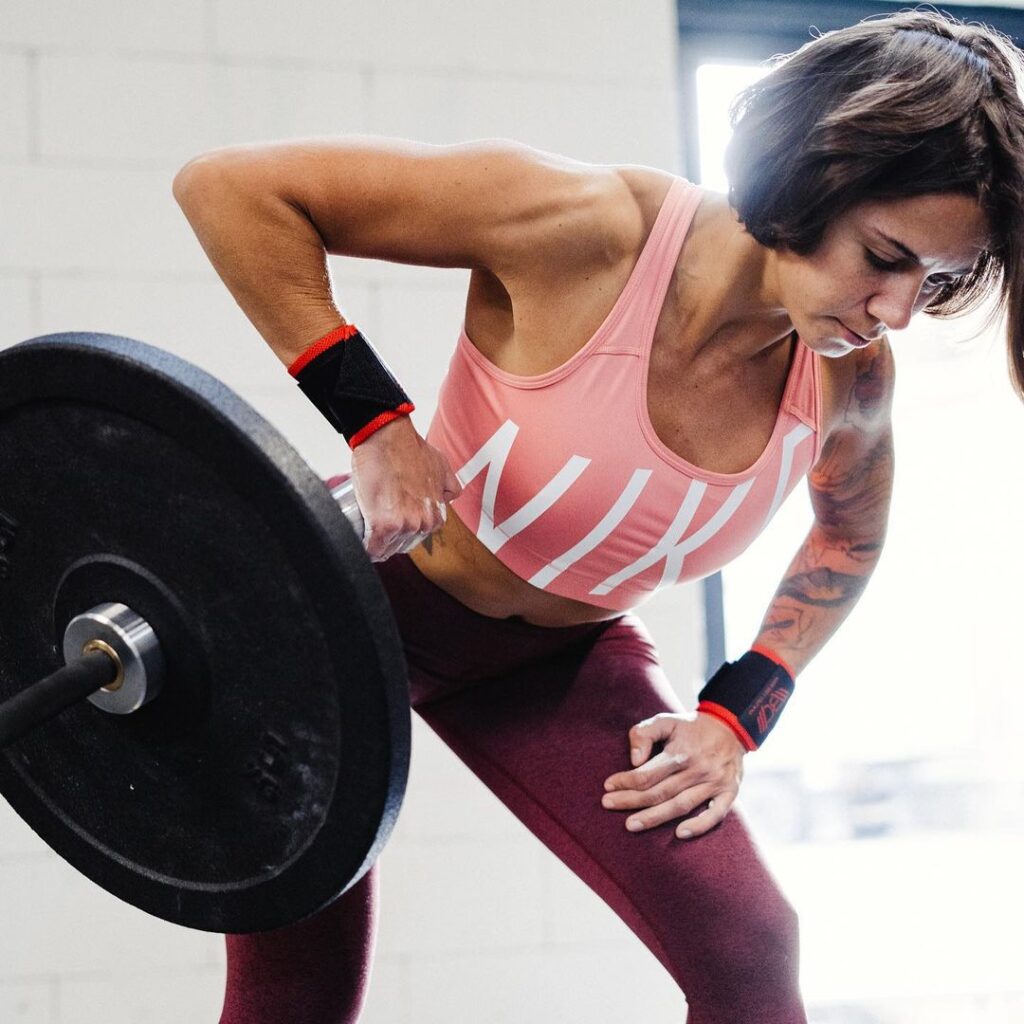
2. Leg Positioning
Your legs may not be the key body part involved in a bench press, but they still have an important role. Once you’ve positioned yourself correctly underneath the bar, move your feet towards the bottom of the bench, place them flat on the floor, and keep them planted for the entirety of the movement.
Activate your glute muscles and push your knees outwards and your quadriceps down to anchor the lower part of your body to the bench.

Pro Tip:
Getting pumped in the gym with your favorite motivational tunes in your ears is great practice, but when it’s time to lift, shift your focus to the task at hand. Benching needs to be performed correctly to minimize injury, so keep the music playing, but center your attention on your form before you unrack.
3. Torso Positioning
Keep your core engaged throughout the bench press, and imagine your upper back squeezing together as you lower the bar. Arching the back is a common practice when benching and it can be a beneficial mechanical advantage though more studies need to be completed around the topic. Slightly arch your upper back, opening the chest and keeping the core engaged as you complete the movement.
Subscribe!
The latest reviews of must-have home gym training equipment, apparel, and supplements that will enhance your performance and bring you new results.
3 Common Mistakes In Bench Press Setup
We all make mistakes and it’s a big part of how we grow and evolve, but when you’re benching heavy numbers, mistakes need to be limited or, ideally, nonexistent. Bench press is a popular exercise but mistakes can regularly be seen with general form and execution of the movement.
1. High Elbows
Correct bench press setup involves bringing the elbows out to the side of your body as the bar is lowered. The best elbow position for benching depends on the individual lifting and the load on the bar, but ideally, the elbows need to be at an angle between 45° and 70° to activate the chest and protect the shoulders and elbows from injury.
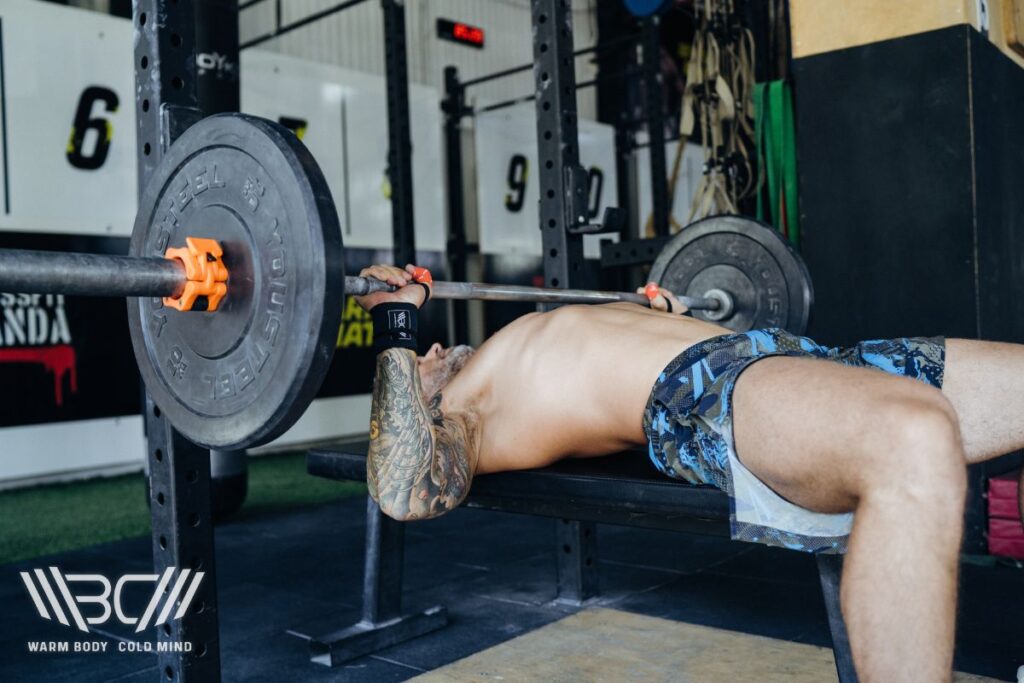
2. Bouncing The Bar
Bouncing the bar to return the weight from your chest to the rack is an example of poor form, likely due to lifting weight that’s too heavy. If you need to bounce the bar to complete bench press reps, try lowering the weight and see if you can maintain more control over the bar.
If you’re wondering how high should the bar be for bench press, it should still come down to the chest, but you shouldn’t need to bounce the bar back up the rack.
3. Disregarding Leg Position
Leg positioning is a worthwhile consideration when performing a bench press, as driving the legs down into the floor helps plant your lower body, providing stability. Keeping your legs engaged and feet planted makes it easier to create an arch in the back to activate the chest and remain stable from the second you’ve unracked, through all your reps, until the bar is racked again.
FAQ
Should Bench Press Touch Your Chest?
Where should the bar be on bench press is a commonly asked question, and the answer is that the bar should touch your chest. It’s vital to not let go of the bar when it’s touched your chest and just as important to not bounce the bar off your chest. The bar needs to remain controlled at all times for maximum safety and chest activation.
How Do You Set Up A Bench Press Bar?
Setting up a bench press bar requires lying underneath the bar so it’s in line with your eyes, placing your hands just outside nipple-width apart, and creating whole-body tension before raising the bar off the rack.
Conclusion
Bench press setup has many considerations, but navigating the exercise with the correct form can save you from painful injuries whilst also making the most of your time on the bench. Hopefully, our breakdown of everything there is to know about how to set up bench press will enable you to achieve more from your push days.
Do you bench regularly? If so, what key takeaways have you found from benching? We want to hear about your experiences in the comments!
References:
- Mausehund, Lasse, Werkhausen, Amelie, Bartsch, Julia, Krosshaug, Tron, “Understanding Bench Press Biomechanics—The Necessity of Measuring Lateral Barbell Forces”, The Journal of Strength and Conditioning Research, https://journals.lww.com/nsca-jscr/fulltext/2022/10000/understanding_bench_press_biomechanics_the.3.aspx (Accessed 16 February 2024).
- Victor Bengtsson, Lars Berglund, Ulrika Aasa, “Narrative review of injuries in powerlifting with special reference to their association to the squat, bench press, and deadlift”, National Center For Biotechnology Information, https://www.ncbi.nlm.nih.gov/pmc/articles/PMC6059276/# (Accessed February 16 2024).
- Atle Hole Saeterbakken, Dag-André Mo, Suzanne Scott, Vidar Andersen, “The Effects of Bench Press Variations in Competitive Athletes on Muscle Activity and Performance”, National Center For Biotechnology Information https://www.ncbi.nlm.nih.gov/pmc/articles/PMC5504579/# (Accessed February 16 2024).
- Victor Bengtsson, Lars Berglund, Ulrika Aasa, “Narrative review of injuries in powerlifting with special reference to their association to the squat, bench press, and deadlift”, National Center For Biotechnology Information, https://www.ncbi.nlm.nih.gov/pmc/articles/PMC6059276/# (Accessed February 16 2024).
- Brendan L Pinto and Clark R Dickerson, “Vertical and horizontal barbell kinematics indicate differences in mechanical advantage between using an arched or flat back posture in the barbell bench press exercise”, International Journal of Sports Science and Coaching, https://journals.sagepub.com/doi/abs/10.1177/1747954120982954 (Accessed February 16 2024).
- “Elbow Position and the Bench Press”, National Academy of Sports Medicine, https://blog.nasm.org/uncategorized/elbow-position-bench-press (Accessed February 16 2024).
Author: Jason Li
Personal Coach | Functional Range Conditioning Mobility Specialist
Jason is an NYC personal training expert and National level Olympic Weightlifting Coach with over 10 years of experience training everyday clients to high levels of performance. He has trained everyone from youth (13 years old and under) to masters (60+ years old) to regional and national rankings for powerlifting, Olympic Weightlifting, Short distance (up to 200m) sprinting, discus & hammer throwing.



